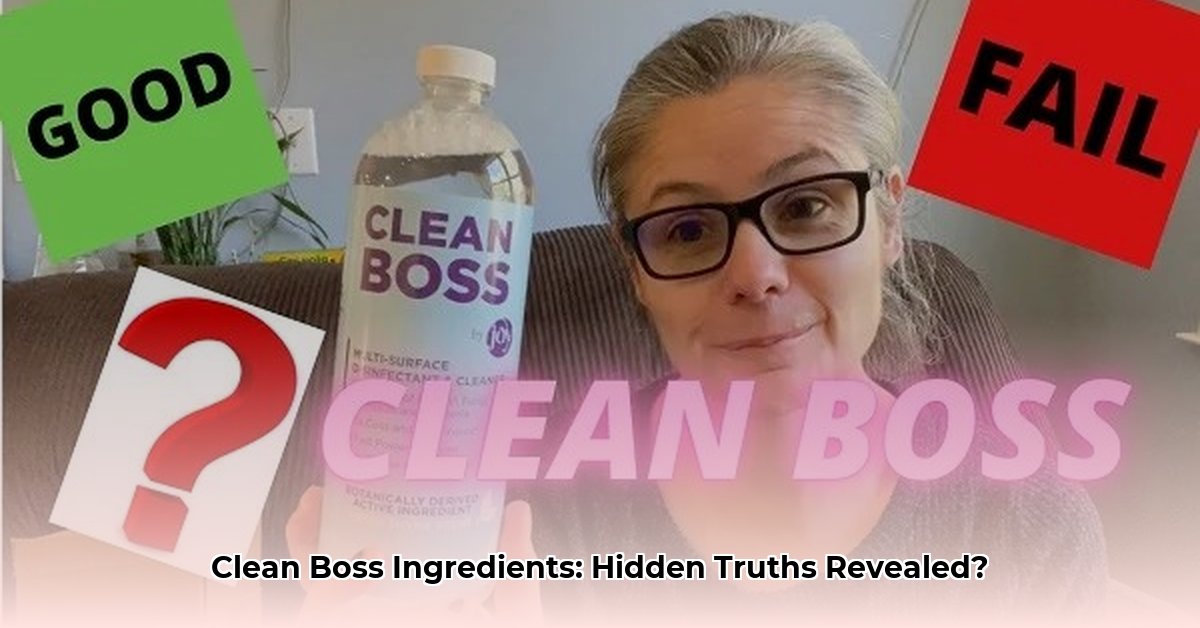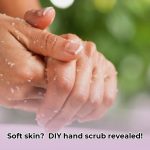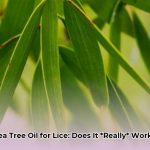What’s Really in Clean Boss Cleaners?
Concerned about harsh chemicals in your cleaning products? Clean Boss markets itself as a natural cleaning solution. But “natural” doesn’t always tell the whole story. This article provides a data-driven analysis of Clean Boss ingredients, empowering you to make informed choices for your family and home.
Ingredient Breakdown: A Quick-Reference Guide
| Ingredient | CAS Number | Function | Safety Profile |
|---|---|---|---|
| Thymol | 89-83-8 | Active cleaning agent (from thyme oil) | Generally safe, but may irritate sensitive skin. |
| Sodium Lauryl Sulfate | 151-21-3 | Surfactant (creates suds, lifts dirt) | Can irritate skin and eyes for some. Biobased. |
| Sodium Laureth Sulfate | 68891-38-3 | Surfactant (milder than SLS) | Similar concerns to SLS, but often gentler. Biobased. |
| Methoxyisopropanol | 107-98-2 | Diluent, solvent | Generally safe with proper ventilation. Potential respiratory irritant in high concentrations. |
| Sodium Citrate | 68-04-2/6132-04-3 | pH adjuster, water softener | Generally considered safe. |
| Water | 7732-18-5 | Diluent | No safety concerns. |
| Propylene Glycol | 57-55-6 | Humectant, solvent | May irritate sensitive skin. |
| Triethyl Citrate | 77-93-0 | Solvent, fragrance | Generally considered safe. Derived from citric acid. |
A Detailed Look at Each Ingredient
Thymol: The Natural Antimicrobial
Thymol, derived from thyme oil, is the active ingredient in Clean Boss. While generally safe, some individuals may experience skin irritation. Research suggests thymol possesses antimicrobial properties,[Add a link to a relevant scientific study or source], making it a potential alternative to synthetic disinfectants. However, the effectiveness of naturally-derived thymol compared to synthetic versions requires further investigation.
Surfactants: SLS and SLES
Sodium Lauryl Sulfate (SLS) and Sodium Laureth Sulfate (SLES) are common surfactants in cleaning products. They create suds and lift dirt, but can irritate skin and eyes for some. While Clean Boss uses biobased versions, potential sensitivities should still be considered.
Other Ingredients: Diluents, Solvents, and Fragrance
Methoxyisopropanol and water act as diluents, thinning the formula. Methoxyisopropanol is generally safe with proper ventilation. Sodium citrate adjusts pH and softens water. Propylene glycol and triethyl citrate contribute to the fragrance and act as solvents; both are generally considered safe, though propylene glycol might irritate some.
“Free-From” Claims: What Clean Boss Doesn’t Contain
Clean Boss highlights its “free-from” formula, avoiding bleach, ammonia, phosphates, phthalates, and formaldehyde. These chemicals can pose respiratory or other health risks, thus their absence is a plus. However, “free-from” does not guarantee complete safety, as even natural ingredients can cause reactions.
Clean Boss vs. Other Natural Cleaners
How does Clean Boss compare? Some natural cleaners use essential oils, baking soda, or vinegar, offering potentially gentler scents and greater ingredient transparency. Clean Boss distinguishes itself with thymol (at 0.23% concentration) and its EPA-registered disinfectant status. However, user reviews suggest it may not be as powerful on tough grease and grime compared to some traditional or natural alternatives. This contrast emphasizes the importance of carefully weighing your priorities – convenience vs. eco-friendliness, scent vs. sensitivity, etc.
| Feature | Clean Boss | Other Natural Cleaners |
|---|---|---|
| Active Ingredient | Thymol (0.23%) | Varies (vinegar, baking soda, essential oils) |
| Scent | Strong thyme scent | Often fragrance-free options available |
| Efficacy | EPA-registered disinfectant, may require more scrubbing for tough stains | Effectiveness varies, may require more elbow grease |
| Transparency | Limited full ingredient disclosure | Often full ingredient disclosure |
Safety Precautions and User Experiences
Clean Boss carries the EPA Reg. No. 87742-1-92595, affirming its effectiveness against specific germs (including COVID-19). Always follow label instructions. User reviews are mixed, with some praising the cleaning power while others find the thyme scent overpowering or question its efficacy on tough stains.
Conclusion: Making Informed Decisions
Is Clean Boss the perfect “clean” solution? It depends on your needs and priorities. It uses a plant-derived antimicrobial and avoids harsh chemicals. However, some ingredients may irritate sensitive individuals, the thyme scent is polarizing, and ingredient transparency could be improved. Weigh the pros and cons, consider user feedback, and compare with other options to choose the best cleaner for your home. Further research into thymol’s long-term effects and Clean Boss’s environmental impact would be valuable.
- Affordable Employee Wellness Fair Ideas for Any Budget - December 14, 2025
- Employee Wellness Programs Strategically Benefit Employee Health And Retention - December 13, 2025
- Health and Wellbeing Companies Driving Employee Engagement and Productivity - December 13, 2025
















